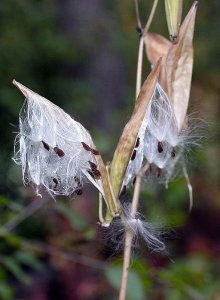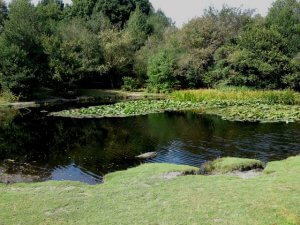
FACW plants are plants that can to grow in wetlands but may also be found outside of wetlands. These are versatile plants that can grow in many conditions. This includes trees such as red maple(Acer rubrum), Serviceberry (Amelanchier), river birch (Betula nigra), certain types of dogwoods (Cornus) and a vast assortment of other trees, shrubs and herbaceous plants. Versatile plants such as these are valuable natural resources that may be able to thrive despite changing weather patterns.
Wetland Indicator Status
FACW is a category of the wetland indicator status. The wetland indicator status of a plant is a system of categorizing plants based on likelihood of being found in a wetland environment. A list of approximately 7000 plants was compiled in 1988 by the U.S. fish and wildlife service in conjunction with a federal inter-agency review panel. This list had the lengthy name of the national list of plant species that occur in wetlands. There are 5 categories of estimated probability of a plant species naturally growing in a wetland environment:
- OBL– Obligate wetland (estimated probability > 99%)
- FACW– Facultative wetland (estimated probability 67% – 99%)
- FAC– Facultative(estimated probability 34% – 66%)
- FACU– Facultative upland (estimated probability probability 1% – 33%).
- UPL– Obligate upland (estimated probability < 1%)
FACW

Facultative wetland plants are plants such as pennsylvania bittercress that are very likely to be found in a wetland but occasionally grow in non-wetland areas. Some plants are considered FACW in some regions but considered FAC in other regions. This usually depends on weather patterns and climate.
Recent Changes
There have been subsequent updates to the list in 1996 and 1998. In 2012 the national wetland plant list replaced the national list of plant species that occur in wetlands. The new list can be search here at the department of agriculture website. This new list is a very useful list for finding out where specific plants grow, this can be used for finding specific species or for narrowing down species for identification.
Many of our readers find that subscribing to Eat The Planet is the best way to make sure they don't miss any of our valuable information about wild edibles.
See our privacy policy for more information about ads on this site






